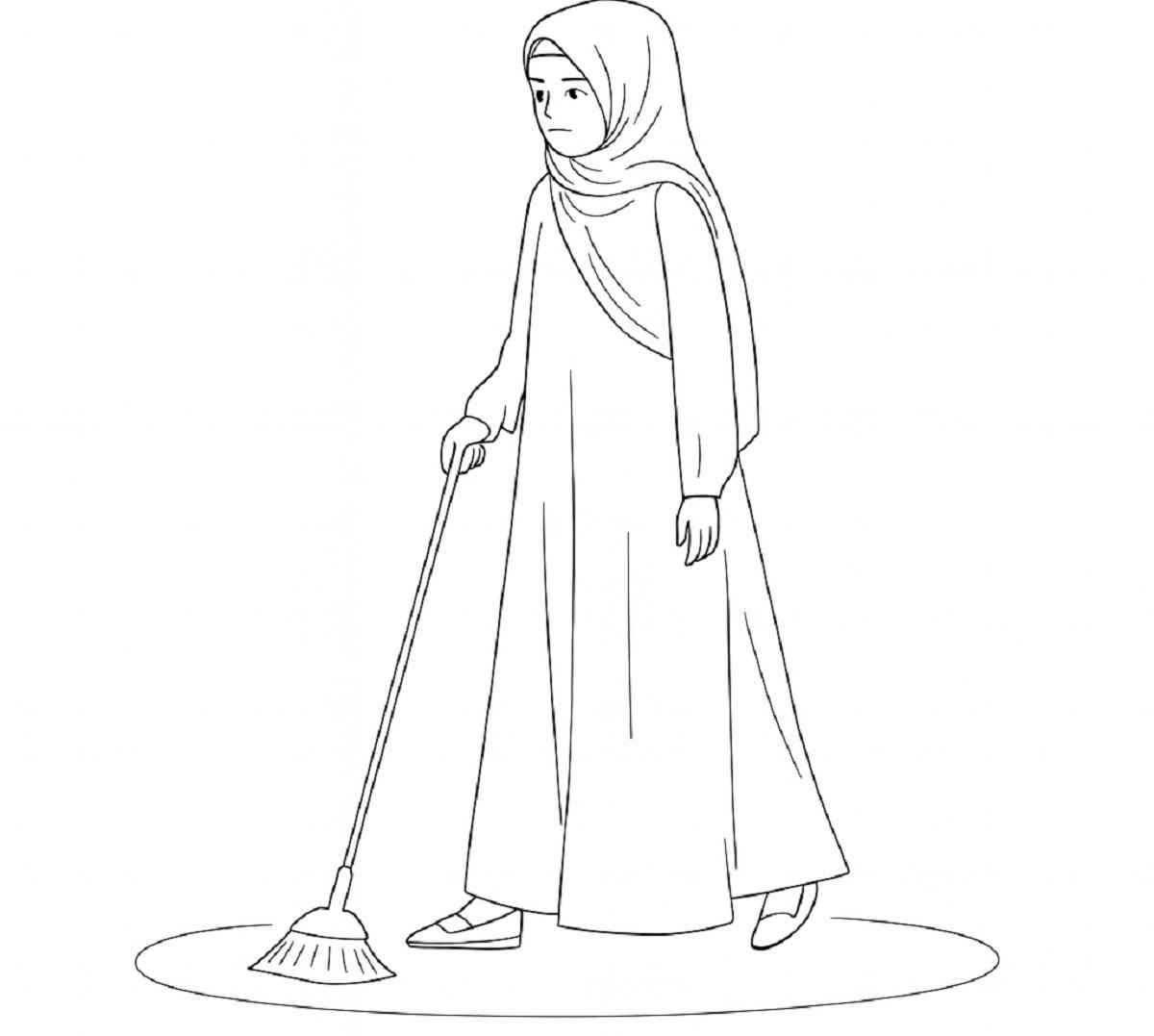
Kashmir Copied Finland's Classroom Assistant, Then Gave Her A Mop
Representational Photo
By Mushtaq Hurra
Jammu and Kashmir's education department followed the best in the business.
The United States, the United Kingdom, Finland, Canada and Japan all place a second adult in pre-primary rooms to steady small bodies long enough for minds to learn.
ADVERTISEMENTWe liked the idea, so in 2018 we advertised for“Aayas,” promised 5,000 rupees a month and forgot to write what the job actually is.
The omission turned a global best practice into a maid post and wasted the cheapest chance we have to lift early learning across the valley.
The government order that created the position runs to four lines. It says“engage Aaya on need basis.”
It never spells out the need, never lists tasks, and never sets working hours.
Head teachers filled the blank the way institutions always do: they handed the new hire a bucket.
Overnight the classroom assistant became the school maid, and the concept that helps Finland top world charts was reduced to scrubbing toilets and peeling onions for the midday meal.
Aayas are not make-believe characters. They are real women already on the payroll: 6,400 across the valley, one for every 25 Balvatika, kindergarten, pupils.
Most never finished high school, but they spend seven hours a day with four- and five-year-olds whose brains are forming faster than at any later stage.
Research from the National Council of Educational Research and Training shows rural first-grade classes with a trusted ancillary worker record 17 percent lower absenteeism.
We have the ratio right. We simply refuse to treat the worker as educator.
The salary tells the story. Five thousand rupees is less than the price of a single school blazer sold in Srinagar's boutiques. It arrives quarterly, often three months late.
Three quarters of Aayas hold a second job after the last bell. 40 percent report chronic back pain from mopping floors. Burnout is routine, turnover is rising, and still the department wonders why the teaching-learning process stays stuck.
We could blame headmasters for overloading the position, but they were never given guidance.
One principal sends the Aaya to maintain voter rolls during village elections. Another makes her mid-day-meal incharge. Neither violates the original order, because the order is silent. And silence is expensive.
Finland spends 4 percent of its education budget on auxiliary staff training. We spend zero and then complain that our reading scores trail the global median.
Signs of repair are visible, but they are tentative.
This summer the State Council of Educational Research and Training teamed up with a local nonprofit to run three-day workshops in all ten districts. Two thousand Aayas have already practised breathing games and learned to flag early signs of dyslexia.
Attendance is voluntary, enthusiasm is high, and the first cohort of schools reports a 9 percent jump in daily attendance from kindergarten sections.

Legal Disclaimer:
MENAFN provides the
information “as is” without warranty of any kind. We do not accept
any responsibility or liability for the accuracy, content, images,
videos, licenses, completeness, legality, or reliability of the information
contained in this article. If you have any complaints or copyright
issues related to this article, kindly contact the provider above.
















Comments
No comment